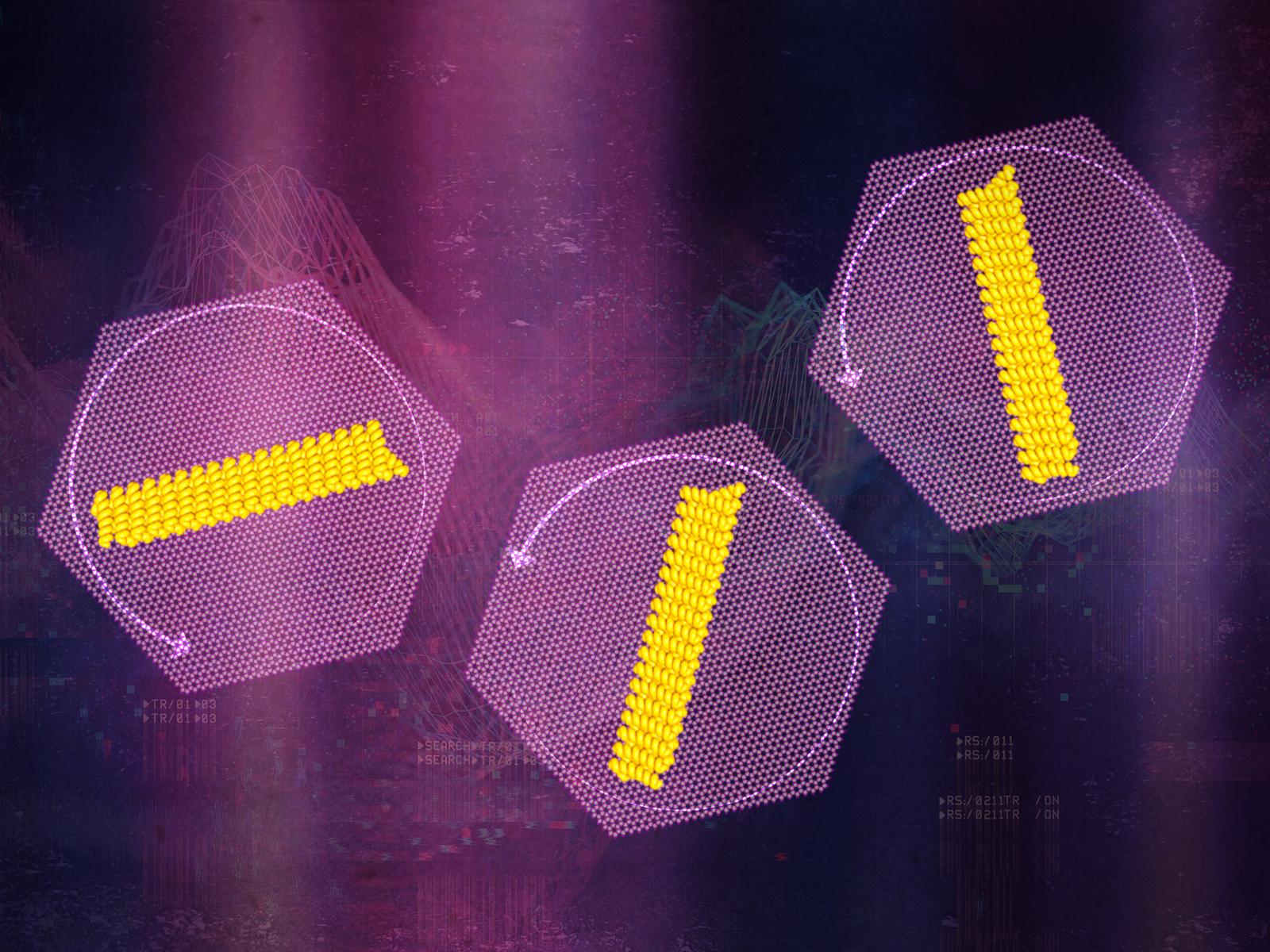タンパク質の動きをよりよく理解することで、高度な材料設計が可能になる Better understanding protein movement can facilitate advanced materials design
2022-04-26 アメリカ・パシフィック・ノースウェスト国立研究所(PNNL)

研究チームは、米国ワシントン大学のタンパク質デザイン研究所との共同研究により、マイカに結合するように特別につくられた、一連の異なるサイズのタンパク質ナノロッドを開発しました。その後、高速顕微鏡を用いて、個々のナノロッドが回転する様子をリアルタイムで観察しました。
<関連情報>
- https://www.pnnl.gov/news-media/finding-additional-ways-proteins-rotate
- https://www.pnas.org/doi/10.1073/pnas.2020242119
表面吸着タンパク質の回転ダイナミクスと転移機構 Rotational dynamics and transition mechanisms of surface-adsorbed proteins
Shuai Zhang,Robbie Sadre,Benjamin A. Legg,Harley Pyles,Talita Perciano,E. Wes Bethel,David Baker,Oliver Rübel, and James J. De Yoreo
Proceedings of the National Academy of Science Published: April 11, 2022
DOI:https://doi.org/10.1073/pnas.2020242119
Abstract
Assembly of biomolecules at solid–water interfaces requires molecules to traverse complex orientation-dependent energy landscapes through processes that are poorly understood, largely due to the dearth of in situ single-molecule measurements and statistical analyses of the rotational dynamics that define directional selection. Emerging capabilities in high-speed atomic force microscopy and machine learning have allowed us to directly determine the orientational energy landscape and observe and quantify the rotational dynamics for protein nanorods on the surface of muscovite mica under a variety of conditions. Comparisons with kinetic Monte Carlo simulations show that the transition rates between adjacent orientation-specific energetic minima can largely be understood through traditional models of in-plane Brownian rotation across a biased energy landscape, with resulting transition rates that are exponential in the energy barriers between states. However, transitions between more distant angular states are decoupled from barrier height, with jump-size distributions showing a power law decay that is characteristic of a nonclassical Levy-flight random walk, indicating that large jumps are enabled by alternative modes of motion via activated states. The findings provide insights into the dynamics of biomolecules at solid–liquid interfaces that lead to self-assembly, epitaxial matching, and other orientationally anisotropic outcomes and define a general procedure for exploring such dynamics with implications for hybrid biomolecular–inorganic materials design.


